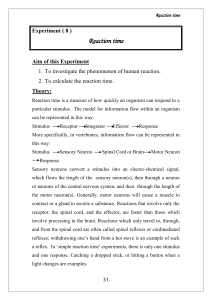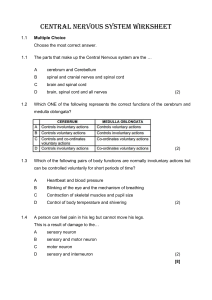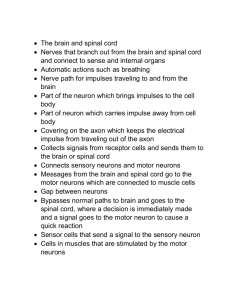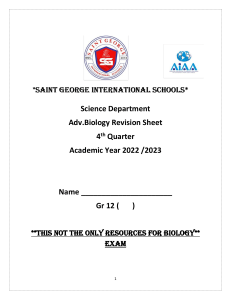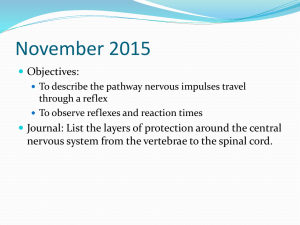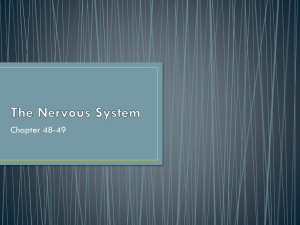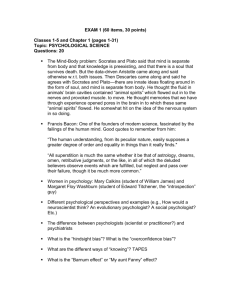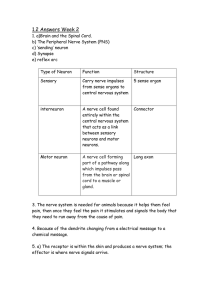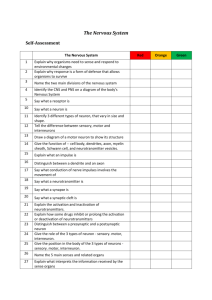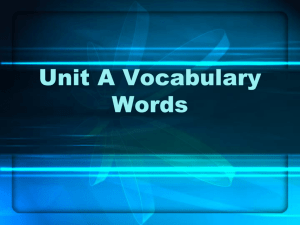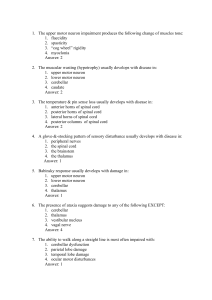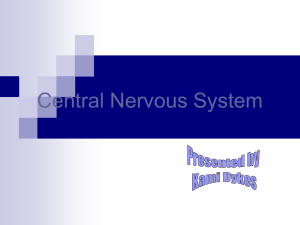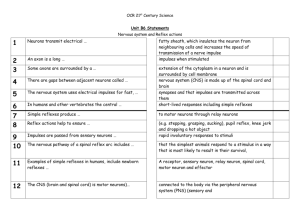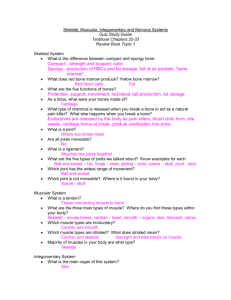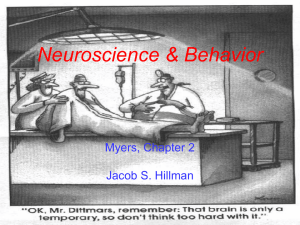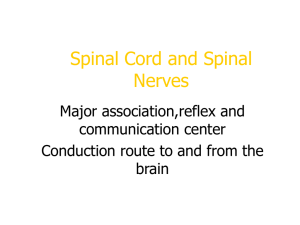3ESO Reaction Times Lab report BC
advertisement
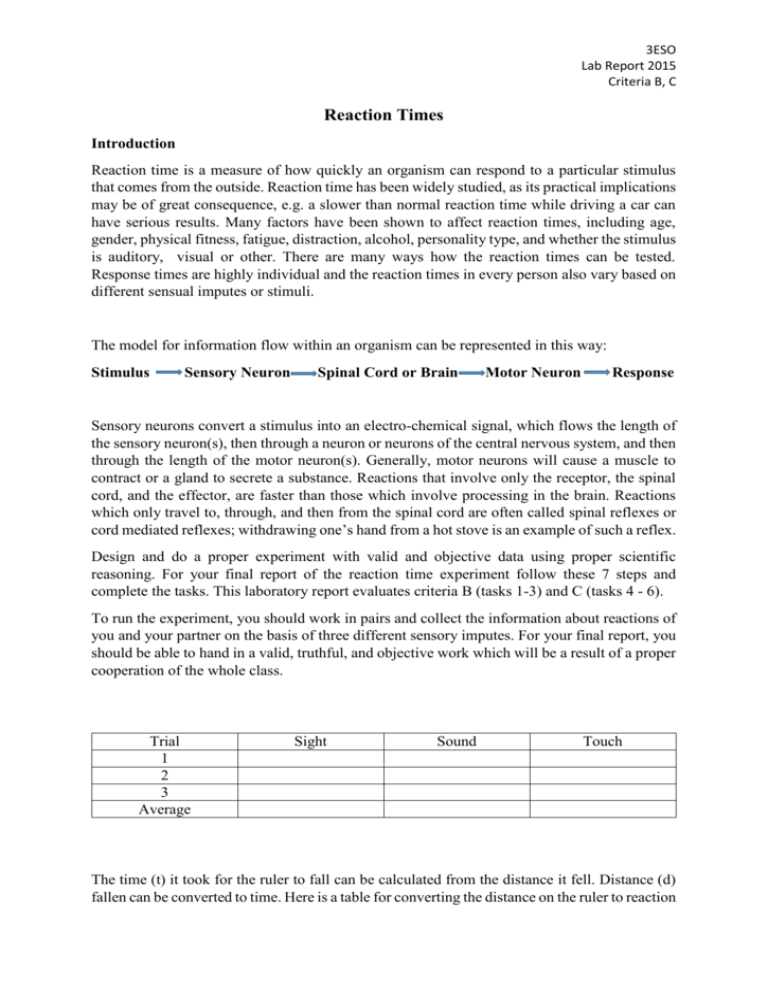
3ESO Lab Report 2015 Criteria B, C Reaction Times Introduction Reaction time is a measure of how quickly an organism can respond to a particular stimulus that comes from the outside. Reaction time has been widely studied, as its practical implications may be of great consequence, e.g. a slower than normal reaction time while driving a car can have serious results. Many factors have been shown to affect reaction times, including age, gender, physical fitness, fatigue, distraction, alcohol, personality type, and whether the stimulus is auditory, visual or other. There are many ways how the reaction times can be tested. Response times are highly individual and the reaction times in every person also vary based on different sensual imputes or stimuli. The model for information flow within an organism can be represented in this way: Stimulus Sensory Neuron Spinal Cord or Brain Motor Neuron Response Sensory neurons convert a stimulus into an electro-chemical signal, which flows the length of the sensory neuron(s), then through a neuron or neurons of the central nervous system, and then through the length of the motor neuron(s). Generally, motor neurons will cause a muscle to contract or a gland to secrete a substance. Reactions that involve only the receptor, the spinal cord, and the effector, are faster than those which involve processing in the brain. Reactions which only travel to, through, and then from the spinal cord are often called spinal reflexes or cord mediated reflexes; withdrawing one’s hand from a hot stove is an example of such a reflex. Design and do a proper experiment with valid and objective data using proper scientific reasoning. For your final report of the reaction time experiment follow these 7 steps and complete the tasks. This laboratory report evaluates criteria B (tasks 1-3) and C (tasks 4 - 6). To run the experiment, you should work in pairs and collect the information about reactions of you and your partner on the basis of three different sensory imputes. For your final report, you should be able to hand in a valid, truthful, and objective work which will be a result of a proper cooperation of the whole class. Trial 1 2 3 Average Sight Sound Touch The time (t) it took for the ruler to fall can be calculated from the distance it fell. Distance (d) fallen can be converted to time. Here is a table for converting the distance on the ruler to reaction 3ESO Lab Report 2015 Criteria B, C time. For example, if you caught the ruler at the 2 inch mark, then your reaction time would be equal to 0.10 seconds (100 ms). Distance 2 in = 5 cm 4 in = 10 cm 6 in = 15 cm 8 in = 20 cm 10 in = 25,5 cm 12 in = 30, 5 cm 17 in = 43 cm Time (seconds) 0,10 0, 14 0, 17 0, 20 0, 23 0, 25 0, 30 1. Define and explain the problem which is going to be observed and analysed in this experiment 2. Formulate and explain possible hypotheses for your experiment through proper scientific reasoning. 3. Identify and explain which are the independent variable, the dependent variable, and the controlled variables of the experiment. 4. Design a possible method of your experiment and describe how the data will be collected during the procedure. Realize your experiment and collect the data. 5. Organize and transform the results of your experiment. Justify each axis variable and the graph type. 6. Interpret the results accurately and explain them, consider possible limitation. 7. What conclusions can be drawn from this experiment? Evaluate your hypothesis and your method and discuss what extensions or improvement could be done to improve the experiment and comment on your own finding during the realization of the experiment. Discussion questions: (optional) What possible difficulties could occur in your experimental design or in the manner in which it was carried out? Do you think one’s reaction time can be improved? Did your reaction times improve in the tests you performed? What can be other controllable variables which can affect the independent variable?
